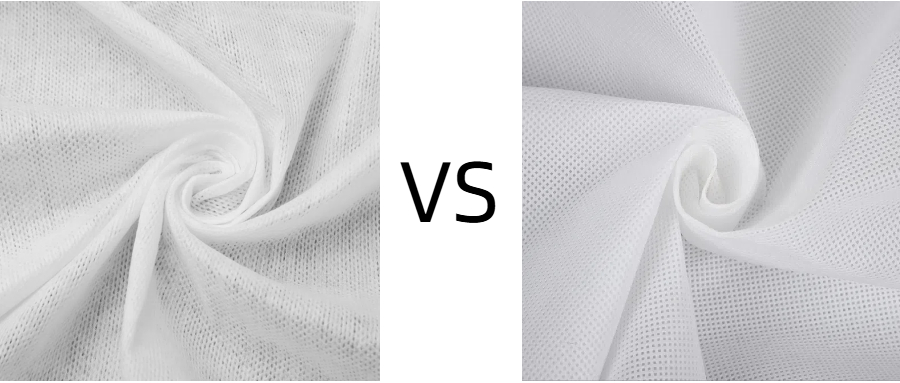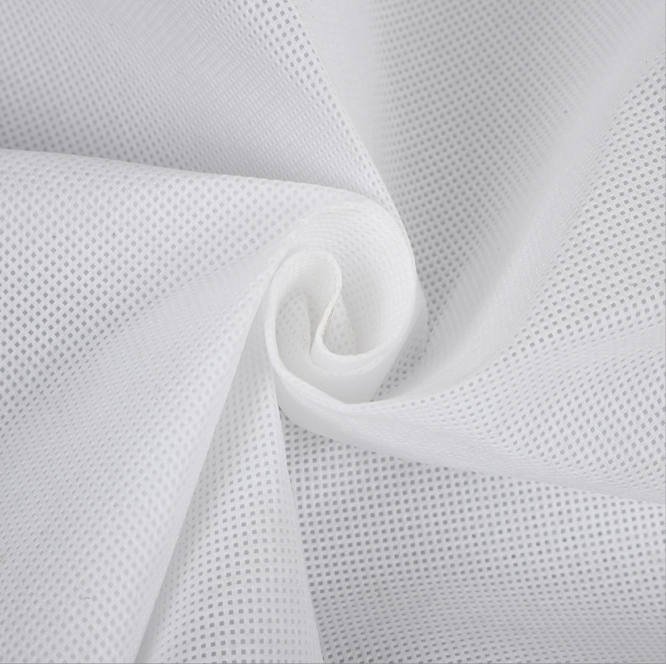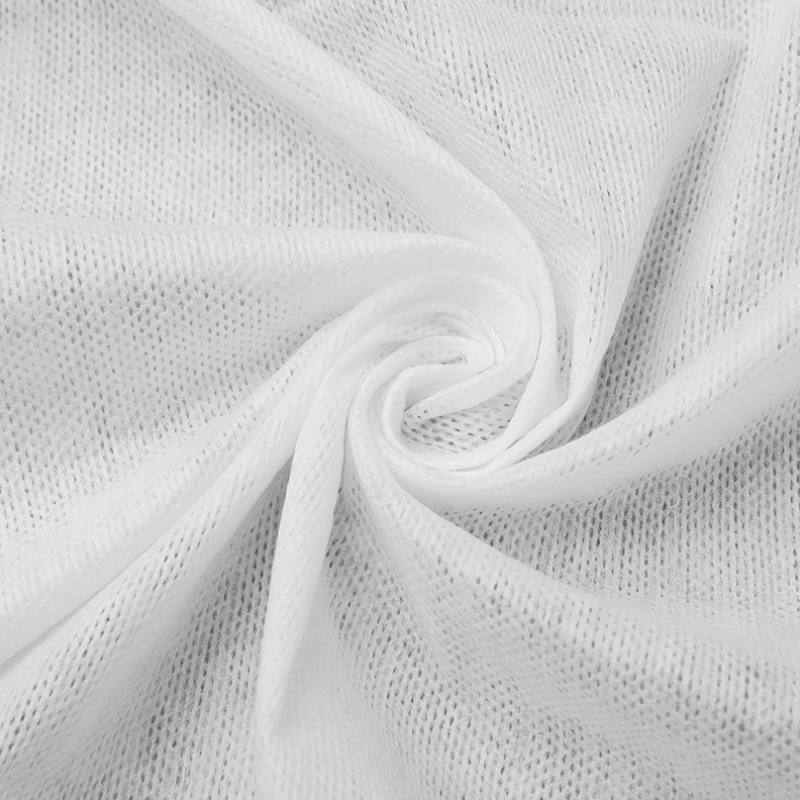Introduction:
Nonwoven fabrics are everywhere in our daily lives—from wipes and face masks to shopping bags and medical protective gear. But have you ever noticed the differences in their materials? Both are called “nonwoven,” but what exactly sets Spunlace (hydroentangled nonwoven) and Spunbond (spunbond nonwoven) apart? Which is more eco-friendly? Which offers better value for money? Today, we’ll break down these two materials, from their manufacturing processes to their applications, so you can make an informed choice!

1. Spunlace vs Spunbond Manufacturing Process: Water vs. Heat
- Spunlace (Hydroentangled Nonwoven):
High-pressure water jets entangle the fiber web, creating a soft, textile-like fabric. The process is gentle and uses no chemical binders.
✅ Key features: Hydraulic entanglement, binder-free, ultra-soft feel. - Spunbond (Spunbond Nonwoven):
Melted polypropylene (PP) or polyester (PET) is extruded through spinnerets, stretched into filaments, and then thermally bonded. The process is efficient and yields high-strength fabric.
✅ Key features: Melt spinning, thermal bonding, mass production.
2. Spunlace vs Spunbond Performance Comparison: Which One Wins?
| Property | Spunlace | Spunbond |
|---|---|---|
| Softness | ⭐⭐⭐⭐⭐ (Ultra-soft, skin-friendly) | ⭐⭐ (Stiff, better for structural support) |
| Strength | ⭐⭐ (Easily torn) | ⭐⭐⭐⭐ (High tensile strength) |
| Breathability | ⭐⭐⭐⭐ | ⭐⭐ (Dense, less breathable) |
| Absorbency | ⭐⭐⭐⭐⭐ (Excellent) | ⭐ (Nearly non-absorbent) |
3. Spunlace vs Spunbond Raw Materials: Natural vs. Synthetic
- Spunlace:
Often uses viscose (rayon), polyester, or cotton, sometimes blended with wood pulp for enhanced softness. - Spunbond:
Primarily made from polypropylene (PP), occasionally polyester (PET)—cost-effective but petroleum-based.
4. Common Applications: Choose Based on Need!
- Spunlace:
🌿 Daily Use: Premium wipes, facial masks, cotton pads, medical dressings.
🌿 Eco-Alternatives: Biodegradable shopping bags (with specific materials). - Spunbond:
🏭 Industrial: Waterproof geotextiles, packaging materials, protective clothing.
🛒 Consumer Goods: Disposable shopping bags, agricultural mulch film.
5. Eco-Friendliness: Which Is Greener?
- Spunlace:
If made from viscose or cotton, it’s biodegradable; but if blended with polyester, degradation slows significantly. - Spunbond:
Polypropylene (PP) takes decades to decompose but can be recycled and reprocessed.
🔍 Tip: Look for “biodegradable” Spunlace products for a greener choice!
6. Price Difference: Budget Matters
- Spunlace:
Complex process + higher material cost = 1.5–3x more expensive than Spunbond. - Spunbond:
Mass-produced, low-cost, ideal for bulk purchasing.
Final Thoughts:
Spunlace and Spunbond each have their strengths—choose Spunlace for softness and comfort, Spunbond for durability and affordability. For eco-conscious needs, opt for biodegradable Spunlace, while Spunbond is more practical for everyday use. Next time you buy a nonwoven product, check the label and make an informed choice!
Finally, if you need to purchase spunlace nonwoven fabric, we recommend our own company(CCT Nonwoven), a spunlace fabric manufacturer from China, offering factory-direct sales and high-quality spunlace nonwoven fabric.
Discussion Question:
Have you used any Spunlace or Spunbond products? How was your experience? Share in the comments!
Spunalce nonwoven

Spunlace Nonwoven



